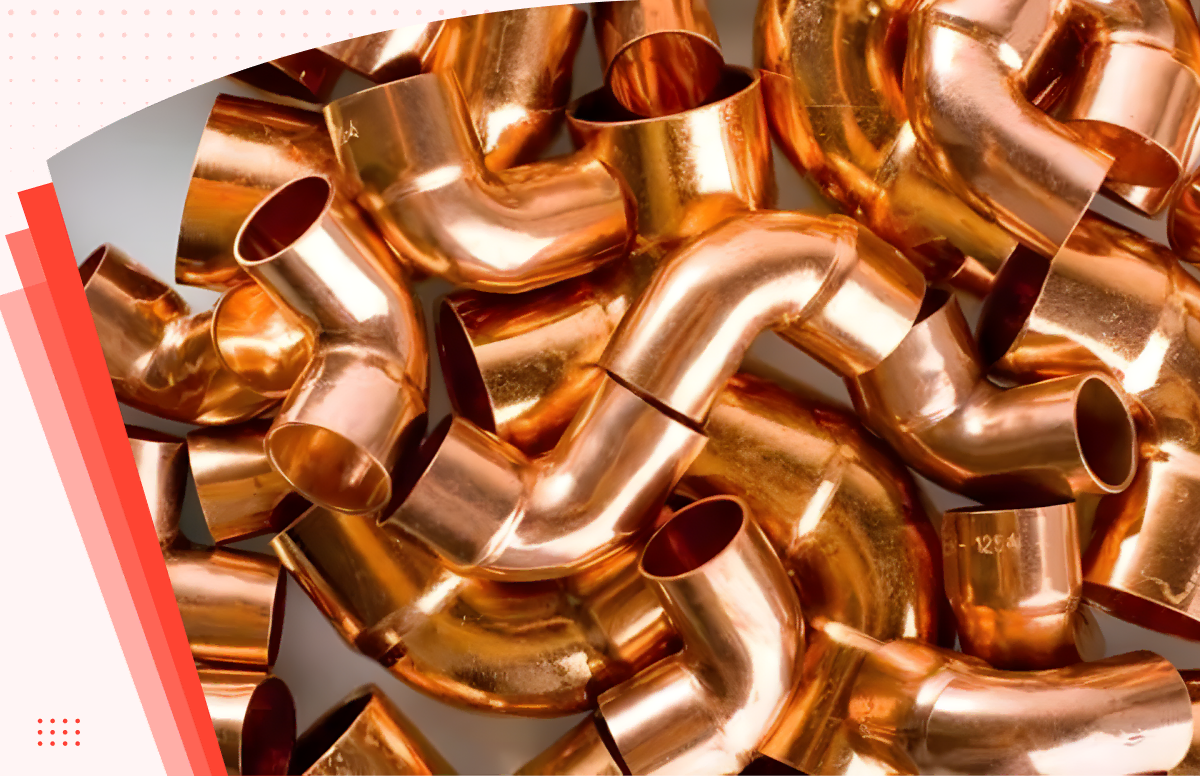In today’s competitive manufacturing environment, surface finishing plays a vital role in determining the performance, appearance, and longevity of products. Among the many techniques available, copper plating stands out as one of the most versatile and valuable. It enhances not only the aesthetic appeal of parts but also their mechanical and electrical properties. From electronics and automotive components to aerospace and industrial machinery, copper plating continues to be an essential process that supports innovation and efficiency.
What Makes Copper Plating So Important
Copper plating involves depositing a thin layer of copper onto a base material to enhance its surface characteristics. The process can be used on metals, alloys, and even certain plastics. Its importance lies in the combination of unique properties copper provides — conductivity, adhesion, corrosion protection, and decorative potential. This makes copper plating an irreplaceable part of modern production workflows.
The Role of Copper Plating in Manufacturing
Modern manufacturing depends heavily on reliable and consistent finishing processes. Copper plating is used across industries to achieve critical results such as:
• Improved Conductivity – Copper’s excellent electrical and thermal conductivity makes it ideal for electronic components, connectors, and circuits.
• Enhanced Adhesion for Further Coatings – Copper acts as a foundation layer for nickel, chrome, or other metals, improving adhesion and durability.
• Corrosion Resistance – By forming a uniform barrier layer, copper plating protects parts from oxidation and environmental exposure.
• Dimensional Restoration – Worn or undersized parts can be restored to precise dimensions using copper plating before final machining.
• Aesthetic Finishing – Its warm, reddish tone gives products a distinctive and attractive appearance that also conveys quality and craftsmanship.
Key Advantages of Copper Plating for Industrial Use
Manufacturers choose copper plating for a wide range of performance-related reasons:
• Versatility – Suitable for various materials and applications, including steel, brass, zinc, and certain plastics.
• Cost-Effectiveness – Offers high performance without the expense of precious metals.
• Excellent Bonding Layer – Ideal as an intermediate layer before applying harder or more corrosion-resistant metals.
• Rework and Repair Capability – Copper plating can be stripped and reapplied, making it useful for repairing or refurbishing old components.
• High Ductility – The softness of copper allows flexibility during mechanical stress, reducing the risk of cracking or peeling.
Applications of Copper Plating in Modern Industries
Copper plating has become essential in numerous sectors due to its adaptability:
• Electronics – Used in printed circuit boards, connectors, and conductors for its superior conductivity.
• Automotive Manufacturing – Protects engine parts, fuel systems, and decorative trim from corrosion while ensuring a polished finish.
• Aerospace – Enhances heat transfer and bonding in high-performance systems and components.
• Engineering and Tooling – Provides precise surface control for molds and dies.
• Architecture and Design – Creates timeless decorative finishes on fixtures, furniture, and hardware.
• Renewable Energy Systems – Improves electrical performance in components like solar connectors and power distribution systems.
The Copper Plating Process in Detail
To ensure consistent results, the copper plating process requires precision and control at every stage:
• Cleaning and Preparation – Surfaces must be thoroughly cleaned, degreased, and free of contaminants.
• Activation Layer – Some materials need an initial strike layer to improve copper adhesion.
• Electroplating Phase – Copper ions are deposited onto the substrate through an electric current in a controlled electrolyte bath.
• Thickness Control – The copper layer is built up to the required specification for strength or conductivity.
• Post-Treatment – Polishing, sealing, or applying protective coatings may follow to improve durability and appearance.
How Copper Plating Drives Efficiency and Innovation
Modern manufacturing demands materials and finishes that perform under pressure. Copper plating contributes to efficiency in several key ways:
• Energy Efficiency – Copper’s conductivity reduces electrical losses, saving energy in high-performance systems.
• Longevity of Parts – By protecting components from wear and corrosion, copper plating extends their usable life.
• Reduced Maintenance Costs – Plated parts last longer and require fewer replacements or repairs.
• Compatibility with Automation – Copper plating integrates smoothly into automated production lines, ensuring consistency at scale.
Environmental and Sustainable Aspects
As sustainability becomes a priority across industries, copper plating offers benefits that align with eco-conscious goals:
• Recyclable Material – Copper is fully recyclable without losing its properties.
• Durability Reduces Waste – Longer product lifespan means less material replacement over time.
• Eco-Friendly Alternatives – Modern plating technologies use improved, low-toxicity solutions that meet environmental regulations.
In an era defined by precision, sustainability, and performance, copper plating remains an essential technology in modern manufacturing. It enables engineers to produce components that are durable, efficient, and visually appealing — all while maintaining cost control. Whether used as a final finish or a preparatory layer, copper plating enhances the value of every product it touches. Its combination of function and beauty ensures it will continue to play a crucial role in the future of industrial innovation.




